Title: Exploring the Frontier of AI in Filmmaking: A Deep Dive into WSJ’s Latest Experiment
In a groundbreaking exploration of artificial intelligence and filmmaking, The Wall Street Journal’s Joanna Stern and Jarrard Cole recently unveiled their short film, My Robot And Me, created using cutting-edge AI tools like Google’s Veo 3 and Runway. The results promise to redefine our understanding of what’s possible in visual storytelling, as scenes generated by these innovative technologies blur the lines between reality and simulation.
At the start of the video, viewers are welcomed into a vibrant world where a robot and a human share an extraordinary bond. The film, showcasing the narrative capabilities of AI, is not just an experiment in technology; it’s a narrative venture that raises questions about creativity, authenticity, and the future of filmmaking.
The Spectacle of AI Creation
The heart of the video is the full presentation of My Robot And Me, which runs just over three minutes. Here, the audience gets an immediate sense of how seamlessly AI can weave complex stories without extensive human input. With visuals that are nearly indistinguishable from reality, the film sets a new standard for what viewers can expect from digital narratives.
Behind the Curtain: Technology Unveiled
At the 3:25 mark, the tech behind this filmmaking revolution is laid bare. Stern and Cole dive into the functionalities of Google’s Veo 3 and Runway, expounding on how these tools can generate rich scenes, character animations, and even nuanced dialogues. The duo highlights the capabilities of Veo 3 in producing high-quality visuals, while Runway’s versatility allows for swift editing and effects integration.
Crafting Character Consistency
One of the challenges of using AI in film is maintaining character consistency. At 4:03, Stern and Cole take viewers through the steps they employed to ensure that their characters sustained authenticity throughout the narrative. They discuss techniques for fine-tuning character appearances and personalities, underscoring the necessity for careful programming and adjustments to avoid jarring discrepancies often seen in AI outputs.
AI-Powered Audio
Sound is an often-overlooked aspect of film production, yet it plays a crucial role in storytelling. At 5:52, the duo sheds light on the innovative approach they took in generating AI audio for their film. This segment reveals how synthetic voices and soundscapes can elevate the overall viewing experience, lending emotional depth and immersion to the AI-generated visuals.
Conclusion: The Wild Adventure of AI Filmmaking
My Robot And Me is more than a short film; it’s an invitation to ponder the evolving intersection of technology and art. As AI continues to advance, the possibilities for filmmakers and creatives expand exponentially. Joanna Stern and Jarrard Cole’s trial not only serves to demonstrate the capabilities of these tools but also encourages an ongoing dialogue about the future of storytelling in an increasingly digital world.
With this experiment, the WSJ establishes itself at the cutting edge of tech journalism, showcasing how AI is not just a tool but a collaborator in the creative process. As viewers experience the full film, they’re left to wonder: What’s next in the era of AI-driven storytelling?
Watch the video by The Wall Street Journal
Video “We Tested Google Veo and Runway to Create This AI Film. It Was Wild. | WSJ” was uploaded on 05/28/2025 to Youtube Channel The Wall Street Journal



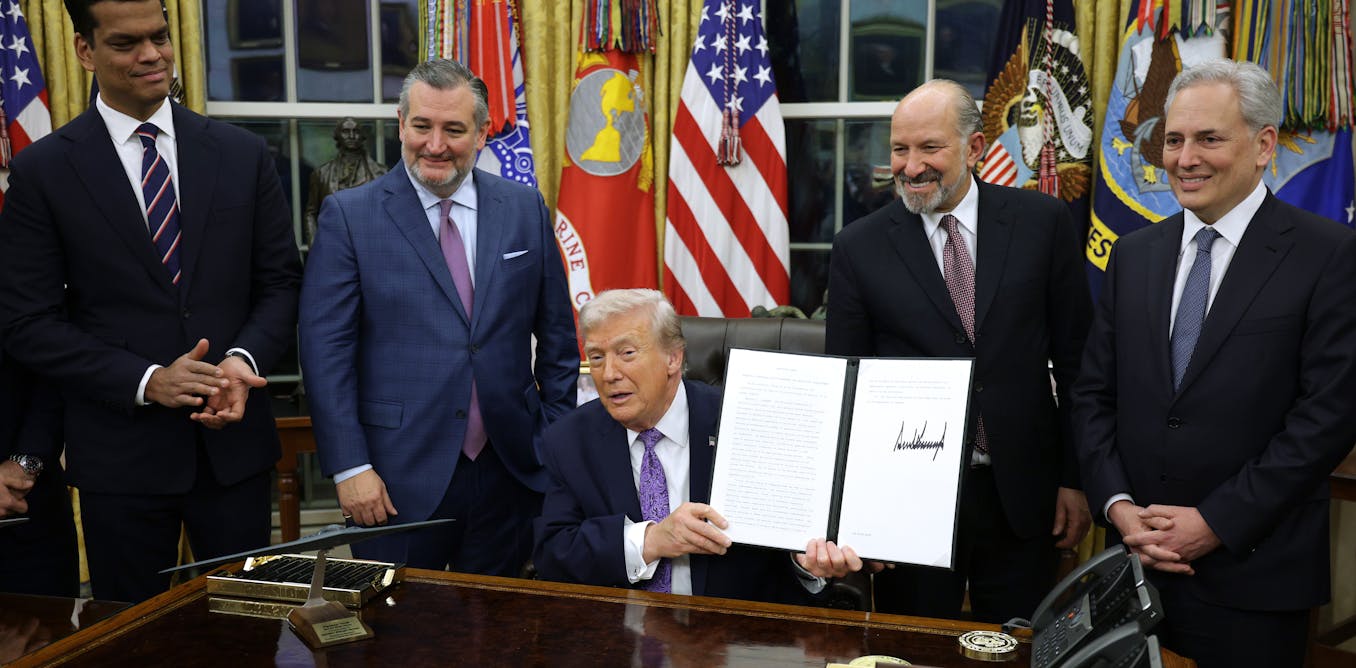
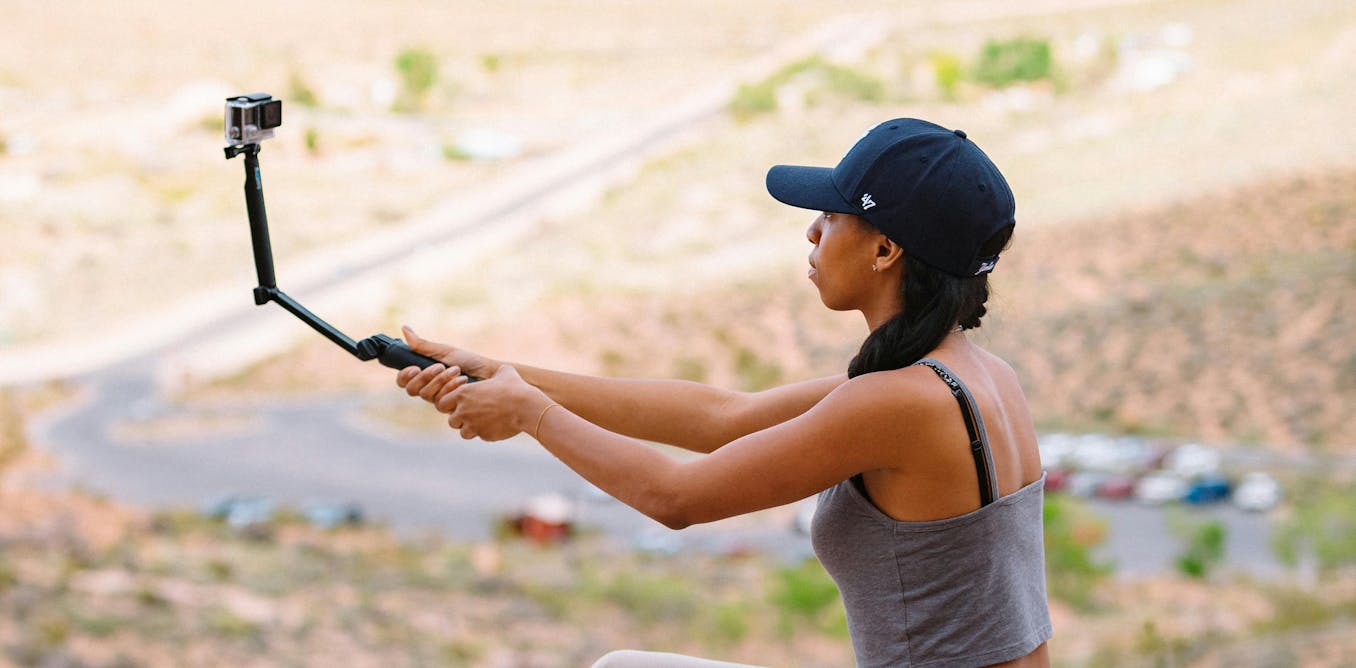
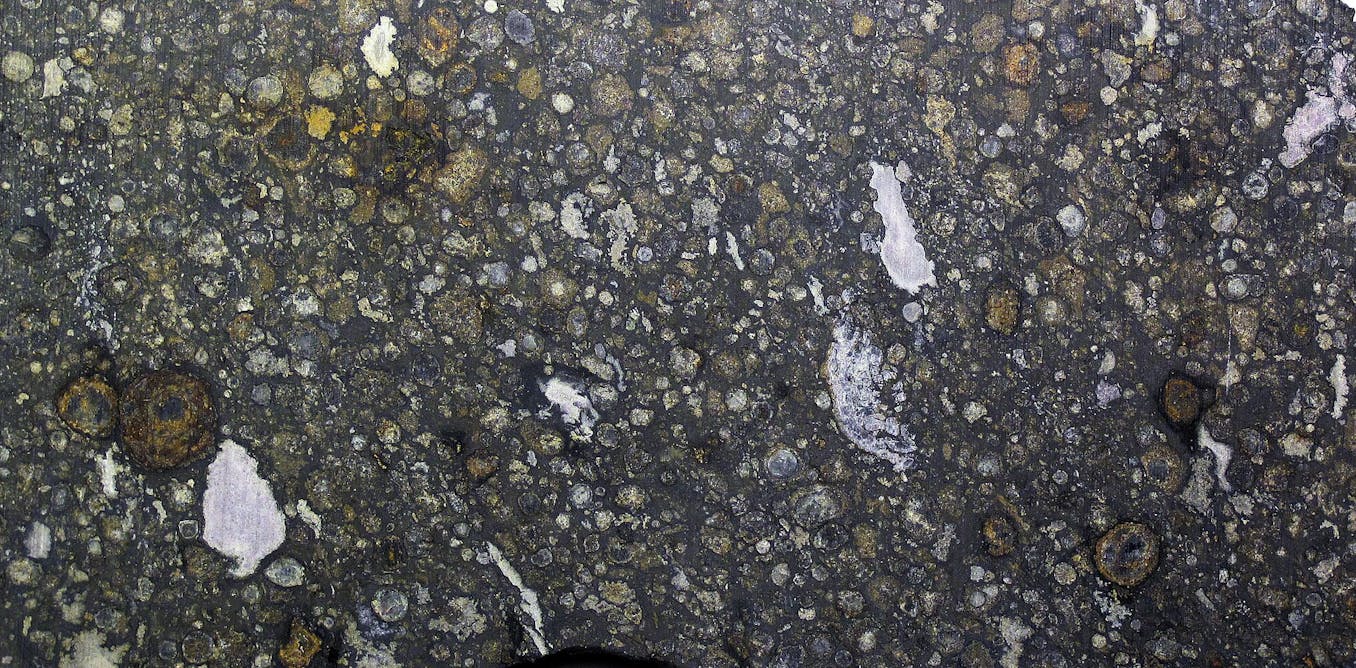

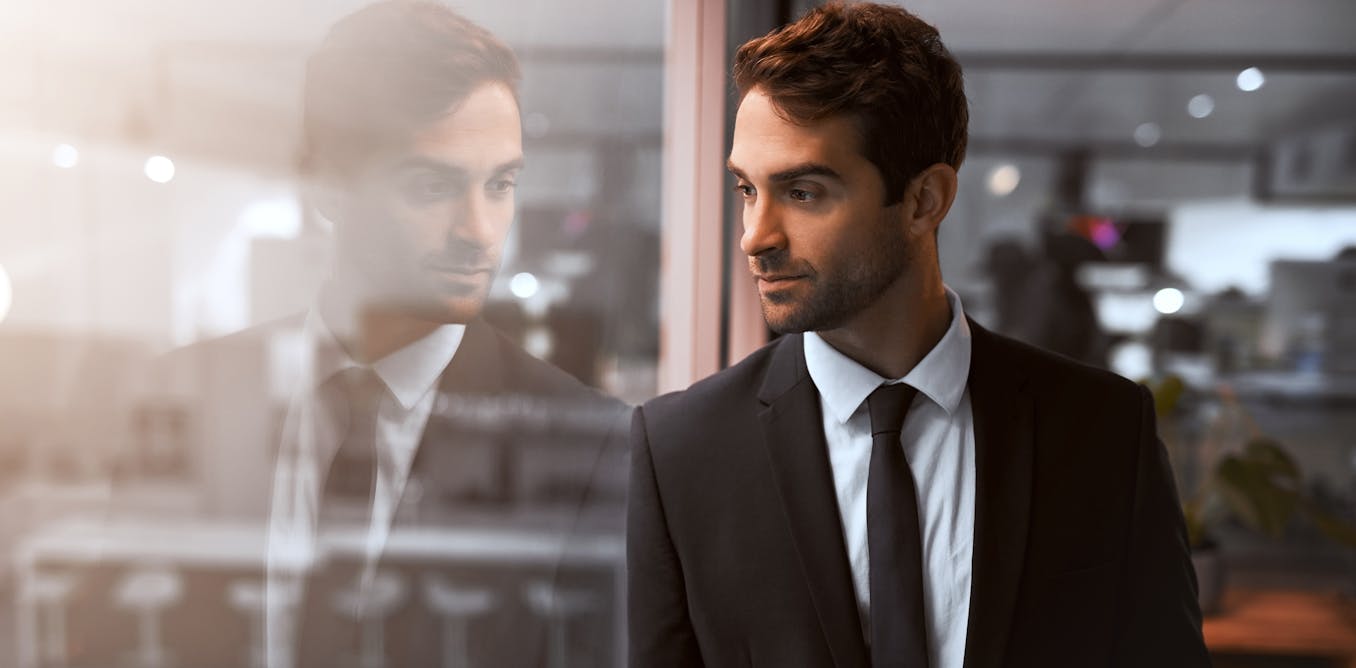



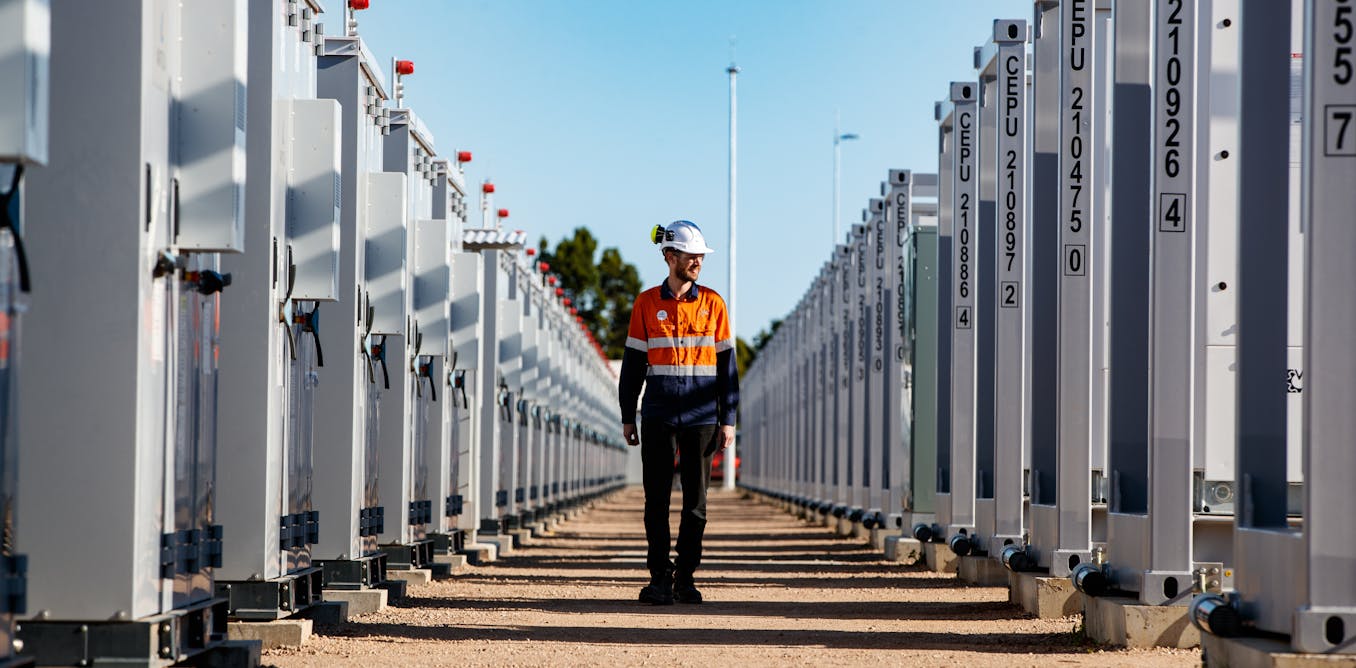
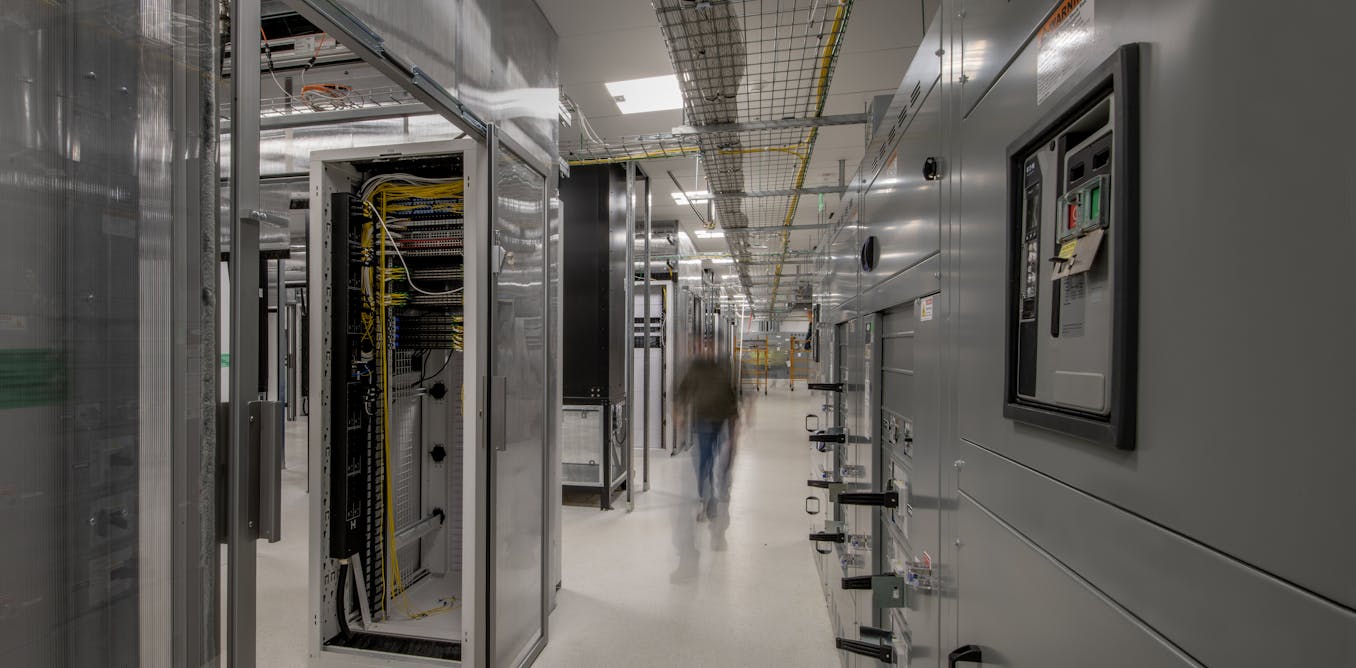




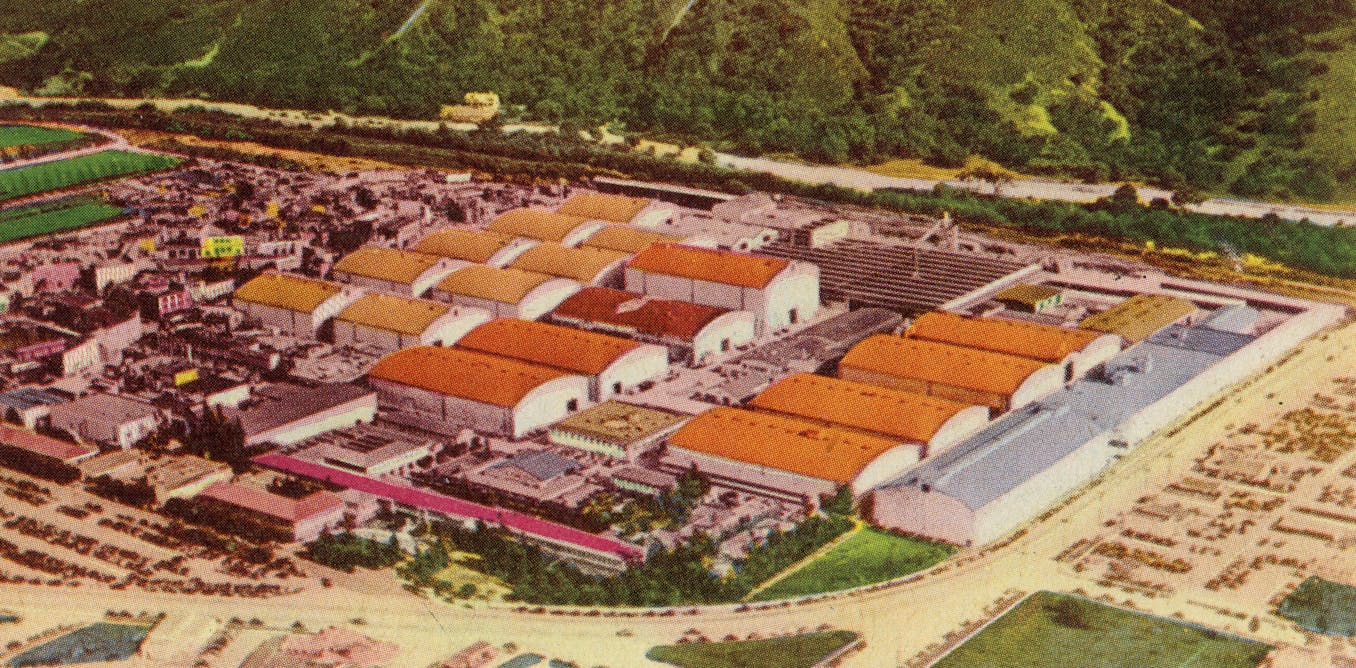





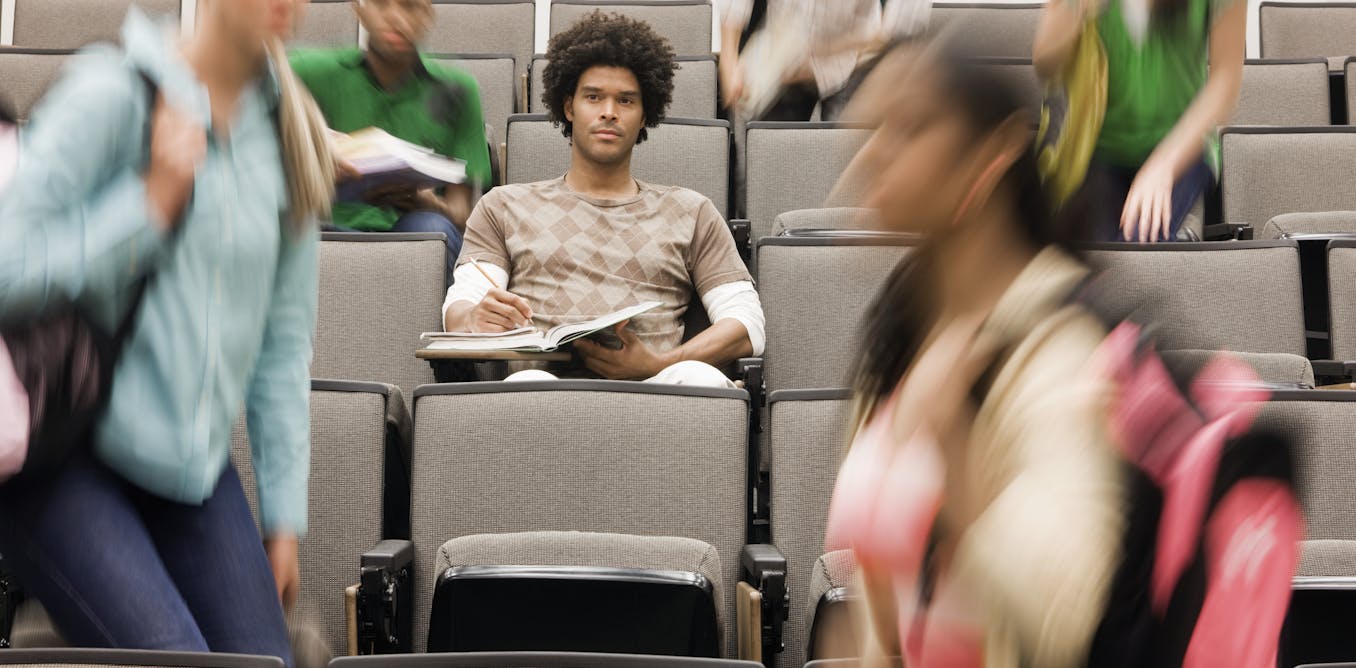












1:41 Did the AI use Jared Fogle?
Disassembling with a drill bit 💀
Beautiful. Thanks for the quick tutorial as well.
LOL! “Pop music rots the brain!” LOL!
Ah, another wacky Stern video. Not interested.
This is really well done, even the classic AI movie hook that ends differently.
The camera shadow when ai Joanna is down like it learned from those videos but can’t distinguish this is a movie shot lol
All my life I imagined of a time where someone could make a story into movie by oneself. Never thought it'd be this soon though. This is one of the milestones in human history.
audio and video are way out of sync with the AI
this video cost like 500$ or more to make
Jajajaja…prefiero una muñeca de plastico !!!
there is something that is hard to tell, but the videos feel fake and not alive!
well yeah when you can run a thousand iterations at no cost you can pick one that is the least bad I guess lol
Drop the vocal fry!!
2:50 how come this wireless drill has a wire
So good. Well done WSJ 💯📸🇳🇿
Could you pelase explain the 1000usd budget in a bit more detail?
the movie was way too long, is there a robot that can summarize it for me
This is the worst it'll ever be. Brace up
Nice!
The behind the scenes of this video is just "we typed a bunch of stuff into several different AIs." Cool. So glad you were able to do this without all those people whose jobs are inching closer and closer to the cutting room floor. That's very cool and awesome.
Актеры на помойку
Спортсмены туда же
Все будут роботы делать
😊😊
Imagine in future you can pick which actress to play the roll example:
Ana de Armas as “Snow White”
AI is being spammed ad nausem in order to destroy all sense of objectivity on the internet, before the people in control finally install the thing they've always wanted— ID verification tied to your computer usage
🤮 Filling the world with soulless AI slop
😂😂😂
As a huge fan of the Murderbot Diaries, I'm a big fan of MAX!🤣
I remember Mr. Robot a whole different in all the episodes I watched of him!
Thank you
The best quote I’ve heard is: 'I wanted an AI to do my chores so I could do art, but AI makes art, and I still have to do my chorеs.'
That's not art.
It's very clear that this tech is plateauing in it's current form, meaning that any minor improvement will have inproportionately higher and higher cost, rendering it unfeasible at some point.
Maybe my broke a&& can finally make that short film I've been thinking about for ages. Never had the time or money to make happen, this tech would make it more feasible. I'd use real ppl's music though and if I can afford it real actors, but this would make it way easier to create sets/backgrounds. Maybe I could also recreate my wild a&& dreams too…🤔
As a programmer soon turning 32, I'm already counting the days until AI will take my job and nobody will want an "old man programmer" anymore. Bruh, I can't work construction even if I wanted to – I have the most stereotypical nerd physique because I've devoted my life to computers, and now the computers are coming for me.
Can’t believe how much they’ve improved the fingers’ movement. 😮
People who don't think AI will be able to replicate human levels of creativity might want to learn to play Go competently and then consider Alpha Go's famous 'move 37'.
Or consider that AIs are now proposing new, fruitful ideas in science and solving math olympics problems vanishingly few humans can hope to solve.
Some things are hard to remember, like that chat GPT was released two and a half hears ago, on November 30, 2022, and that we are on an exponential growth curve.
The time horizon of tasks an AI can do unassisted is doubling every 7 months and that rate appears to be increasing. Exponential curves are notoriously hard for human's to grok.
So instead of 7 hours of screen time a day, are we going to go to 12 because AI content got maximumly addicting? Sure some medical improvements would be nice, but by and large, anything AI is nothing in comparison to love from a sweet dog.
It’s inevitable the technology will be used in propaganda. Real people will fight and die because of imaginary characters.
I recommend stopping the generated film and look at the scenes in detail. In each scene there is a lot of a) stuff that does not make sense or b) stuff that ist just weird blobs of pixels not recognizable as anything. For a quick and cheap production this might make sense. But it is very cheap and it shows.
Awesome thanks for sharing great look at the ai industry GOOGLE BABY!!!
The end is nigh.
1:30 did they prompt a shadow of the filmmaker?
The shadow in that lying on the grass shot was perfect
2:55 I was wondering how a woke WSJ reporter ended using a male robot in our woke era. Now I know, the storyline was to kill the robot. If it was a happy relationship she would've chose a female robot for the story.
Should have taken into account the salary for every person involved in this work + the time it took + how much fun the creative process was, in my opinion. You can already make something like this, for free, using Unreal Engine and a little bit of time.
I'm truly not against AI, but I really feel like it's use is somehow being forced to in some areas. Today, already, you can make amazing videos and music with so little and in a very short amount of time without the need of this type of AI
Read more about some of the lessons learned from making this AI film here: https://on.wsj.com/4kCckTL